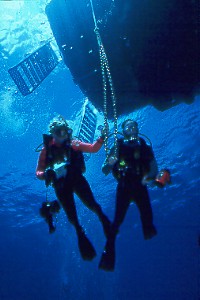| Home |
Diving the Solomon Islands in the Age of Climate Change
and Airline Weight Restriction
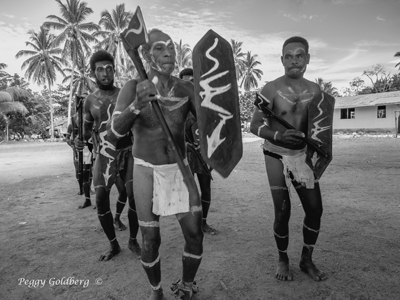 Almost a decade ago, we took a trip to the Solomon Islands. The destination had appealed to me the moment I saw it on a map and realized the rich history and remoteness of its waters would ensure a fabulous underwater experience. It was a Trip of a Lifetime. Almost a decade ago, we took a trip to the Solomon Islands. The destination had appealed to me the moment I saw it on a map and realized the rich history and remoteness of its waters would ensure a fabulous underwater experience. It was a Trip of a Lifetime.
Exploring the World War II sites and memorials on Guadalcanal and diving the wrecks gave us a better understanding of what had happened in that area so long ago. The reefs were rich in both hard and soft corals, and the fish numbers were countless. At the time, we thought it was the best diving we had ever encountered. We had taken the live aboard dive boat Bilikiki and enjoyed great food, excellent crew and exceptional diving over several major island groups. The photography was amazing. Meeting the villagers on the islands was inspiring.
We had anticipated returning sooner to the Solomons than we did, but since then, traveling has changed quite a bit. Weight and size restrictions now preclude carrying large video systems, large housings and strobes required for DSLR cameras. I am not comfortable checking life-savings worth of photo equipment on planes, only to find it doesn't arrive.
On the one hand we were looking forward to another trip of a lifetime, but on the other we realized the profound changes to our underwater world would make this trip different. The Bilikiki is still the premier live aboard dive boat in the Solomons and we were anticipating coming back. Even after all these years, many of the same crew we met previously were still there.
On this trip, I actually changed from a DSLR camera to a mirrorless Olympus, complete with a smaller lighter housing and smaller high intensity lights. We had to weigh everything carefully - we were only allowed 7 kg of carryon and the airlines going into the Solomons were very strict on luggage weight.
There are several routes to the islands. One can fly via Fiji or Australia. This time, we chose Australia - LA to Brisbane, and found that to be a good choice. We did spend 4 days in the Brisbane area. We hired a guide through Drive Me Tours. We got to see Brisbane and its highlights, then toured the Sun Coast and hinterlands up north, then south to the Gold Coast and the mountains in that area. It gave us a chance to get over jet lag, let any luggage catch up, and gave us a taste of the area for future, more extensive visits.
Brisbane to Honiara is about a 3-4 hour flight. After landing, we immediately noticed a lot more congestion on the road to the marina. Population has exploded on the island. It seemed most people were trying to earn a living running road side vegetable stands.
Once on the boat, I turned my attention to the ocean and the changes there. Talking to the crew, I learned how climate change has been affecting them and their villages. Warmer ocean temperatures (my computer showed over 84+ degrees) resulted in areas of algae growth, bleached corals, reduced fish numbers, and reduced visibility. Crown of Thorns starfish infestations have decimated some reefs. Decreased visibility was due to coral spawning during the full moon, and Chinese logging on the islands, producing silty runoff. When we were fortunate to visit some of the villages, I talked to the chiefs and residents. I heard how sea level rises are causing people to move to higher ground or even to other islands. Some villages have seen so much of a population increase, they, too are hard pressed now to find sufficient fish, and must try to find new places to live. One of the biggest changes we did see was the use of solar panels. They now had a few lights, radios, power tools and were even able to run a pump for water.
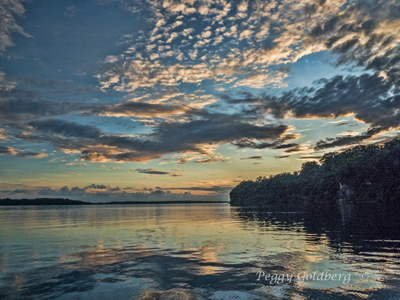 Sunrise Sunrise
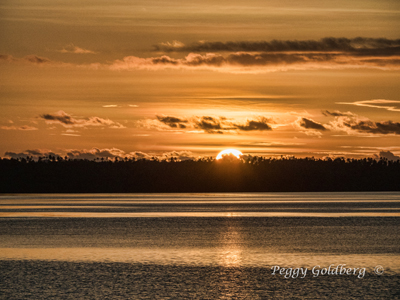 Sunset Sunset
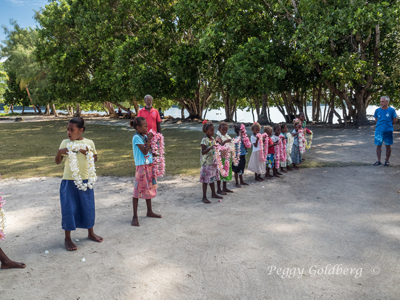 Village Greeters Village Greeters
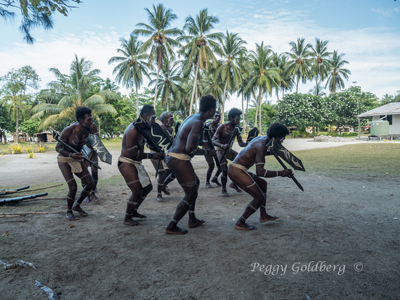 Warrior Dancers Warrior Dancers
 Warriors Warriors
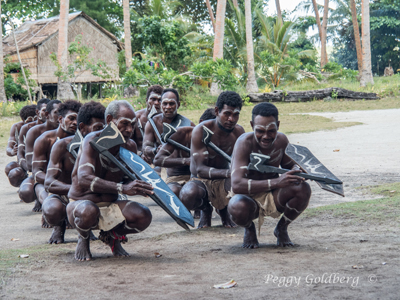 Warrior Dancers Warrior Dancers
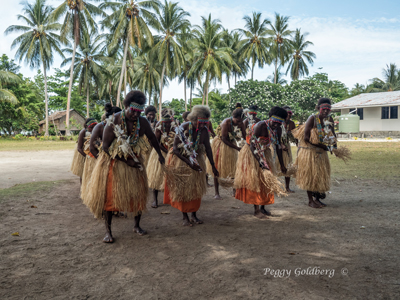 Women Dancers Women Dancers
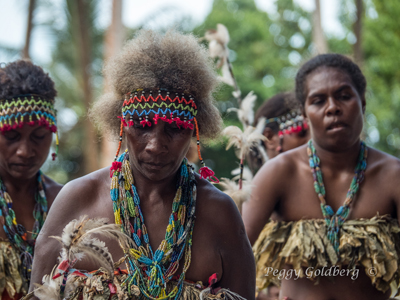 Women Women
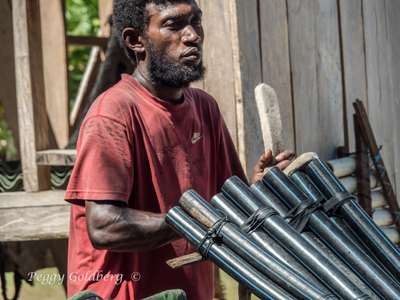 Drummer Drummer
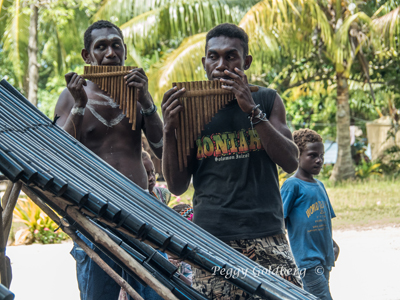 Pan Pipes Pan Pipes
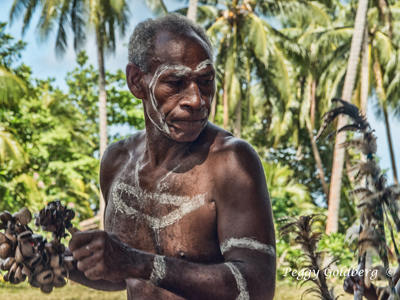 Warrior Chief Warrior Chief
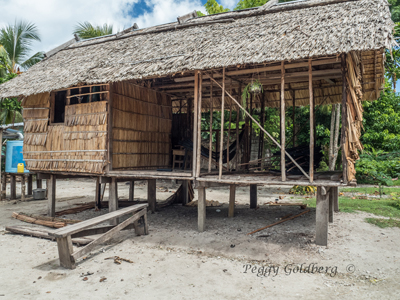 Village Home Village Home
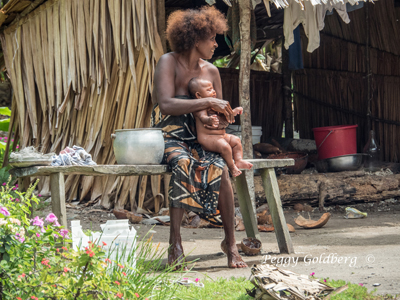 Mother And Child Mother And Child
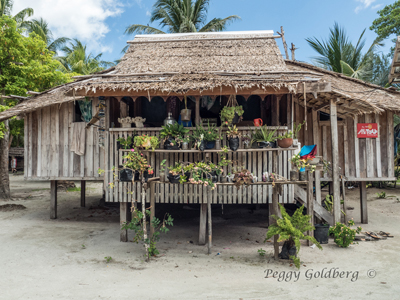 Polynesian Woman's Home Polynesian Woman's Home
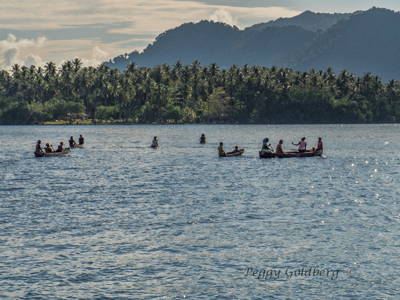 Villagers In Canoes Villagers In Canoes
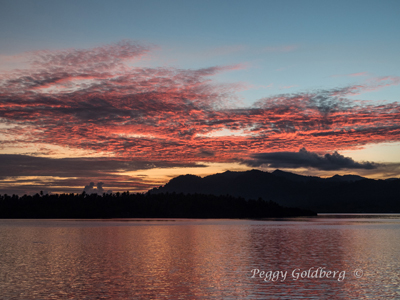 Red Clouds Red Clouds
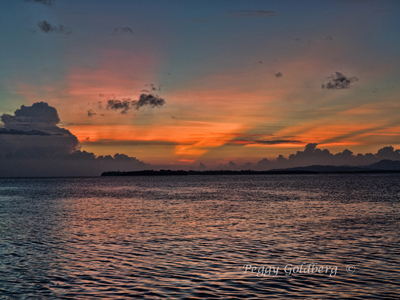 Sunset Sunset
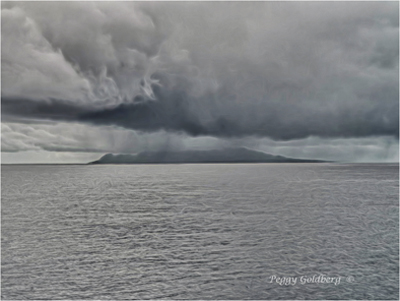 Storm Over Island Storm Over Island
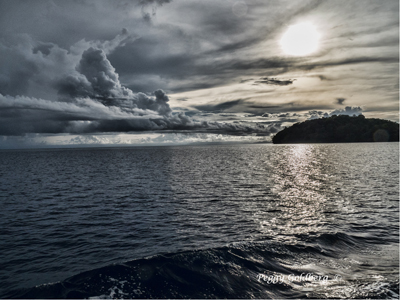 Last Sunset Last Sunset
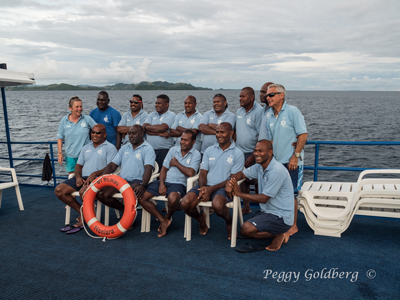 Crew w/Tina And Ollie Crew w/Tina And Ollie
 Warrior Women Warrior Women
The Solomon Islands are just east of Papua New Guinea and their peoples bear a strong similarity. They are a kind, generous people that are highly interested in the world. They are very aware of climate change and are very worried. They have few options to sea level rise, warmer sea temperatures and over fishing. When I did ask "What do you think is causing this?” their answer was “The United States". They are aware that our footprint on this earth, along with other industrial nations, is causing many of these changes, and causing them to happen faster...
Since 2016, five islands in the Solomons have disappeared. Others have lost over half of their habitable area. The remaking of maps is already happening.
The paradox of sea level rise is not only a problem of too much water, it is also a problem of not enough. Rising seas turn freshwater brackish and unusable for people, livestock and plants.
What is happening to the Solomon Islands is the result of decisions, profits and benefits made by others - that includes us…
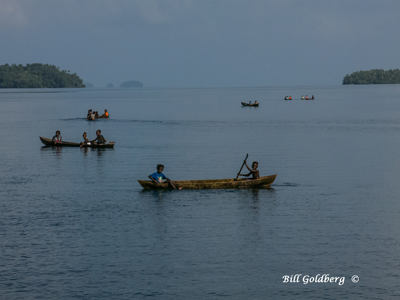 Canoes At Dusk Canoes At Dusk
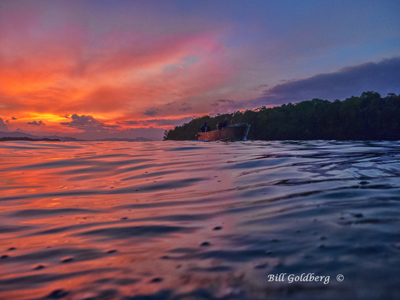 Sunset After Dive Sunset After Dive
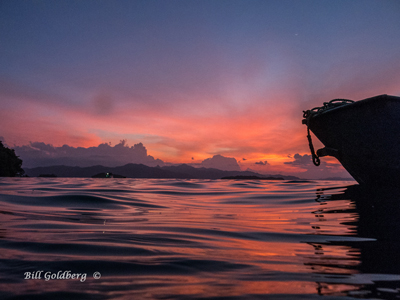 Sunset After Dive Sunset After Dive
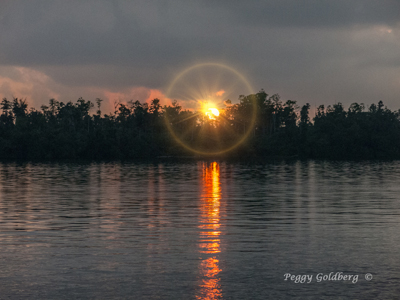 Sunset Sunset
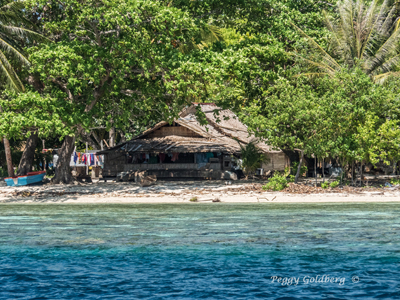 Village Structure Village Structure
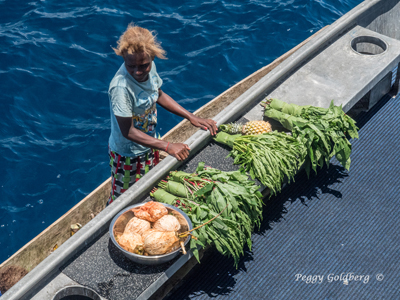 Selling Produce Selling Produce
 Boy With Paddle Boy With Paddle
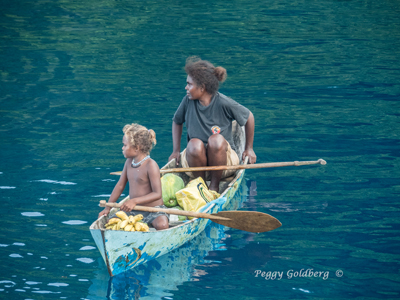 Mother And Son In Canoe Mother And Son In Canoe
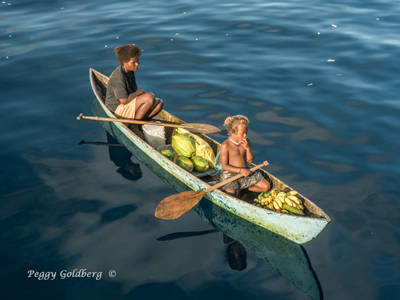 Mother And Son With Produce Mother And Son With Produce
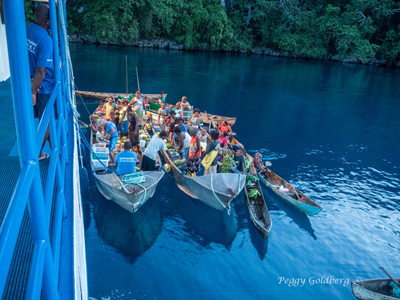 Evening Village Market Evening Village Market
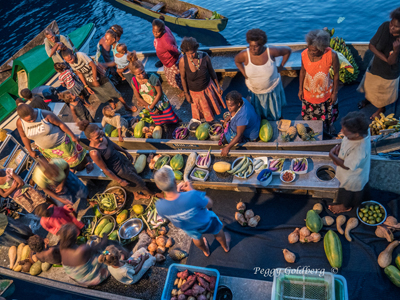 Evening Market And Villagers Evening Market And Villagers
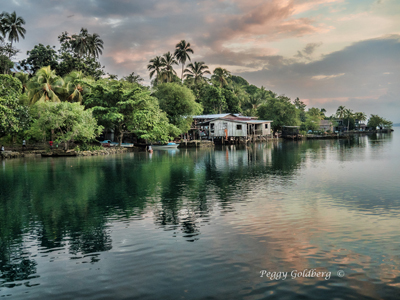 Village Structure Village Structure
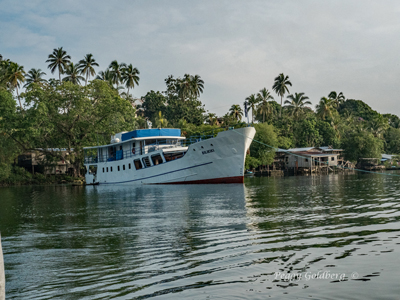 Bilikiki By Village Bilikiki By Village
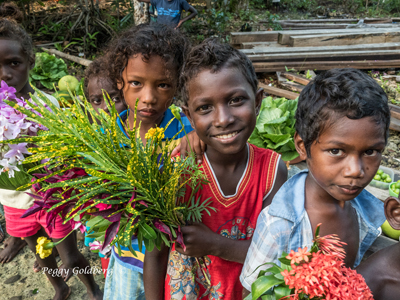 Children With Flowers Children With Flowers
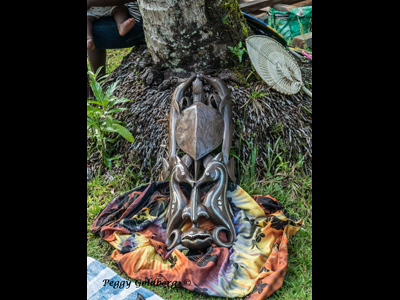 Large Mask Large Mask
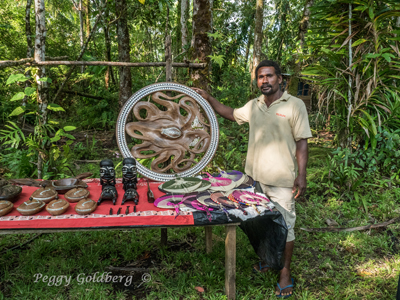 Carver With Large Wall Art Carver With Large Wall Art
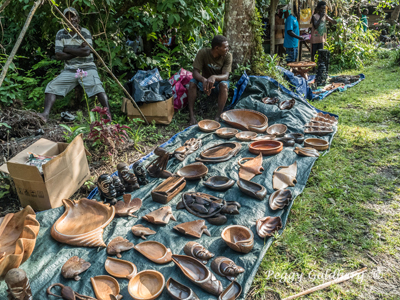 New Village Carvers New Village Carvers
 Happy Warrior Happy Warrior
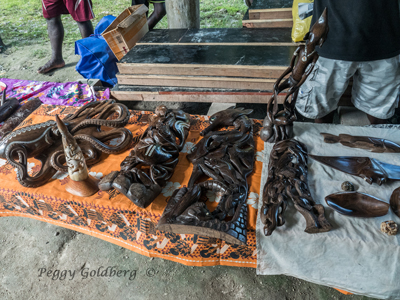 Carving Array Carving Array
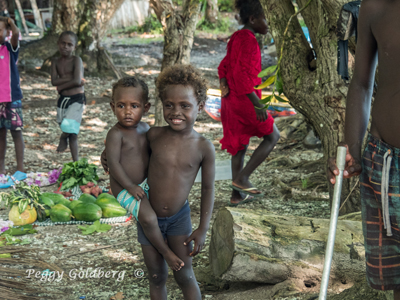 2 Boys 2 Boys
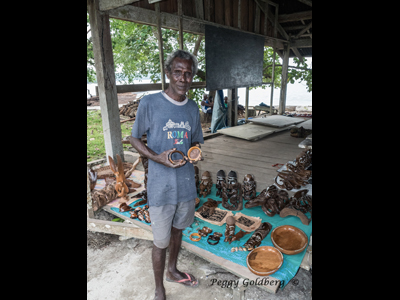 Bracelet Carver Bracelet Carver
 Sunset After Dive Sunset After Dive
THE DIVING in 2017
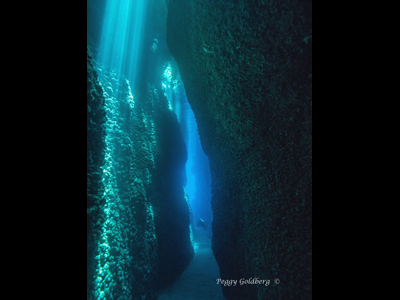 Leru Cut w/Diver Leru Cut w/Diver
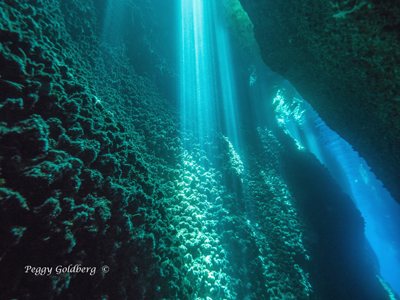 Leru Cut Leru Cut
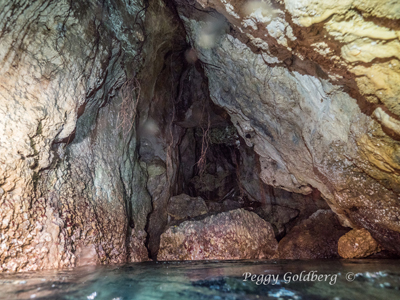 Cave In The Cut Cave In The Cut
 Cuttlefish Cuttlefish
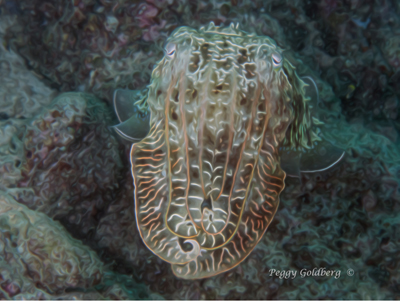 Cuttlefish Cuttlefish
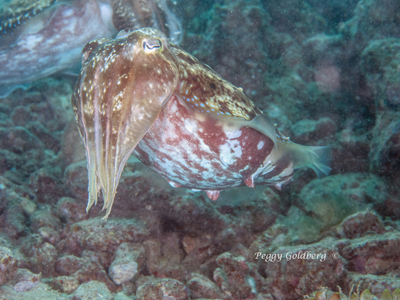 Cuttlefish Cuttlefish
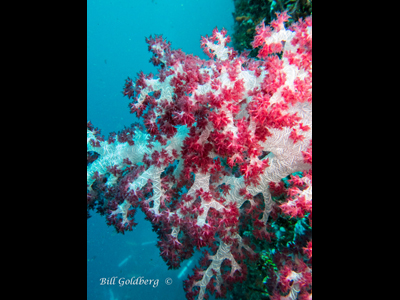 Soft Coral Soft Coral
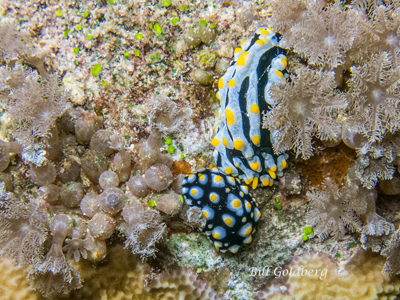 2_Kinds Of Nudibranchs 2_Kinds Of Nudibranchs
 Tunicates Tunicates
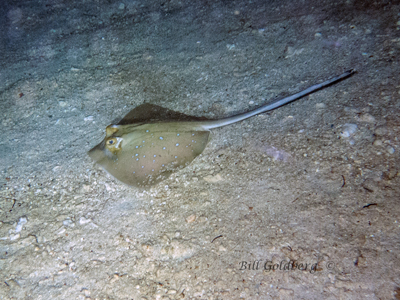 Blue Spotted Ribbontail Stingray Blue Spotted Ribbontail Stingray
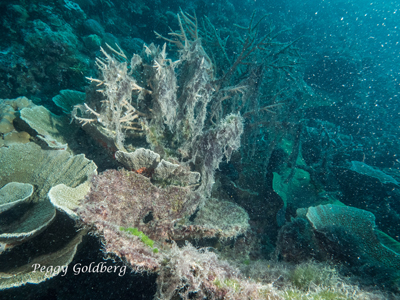 Algae Algae
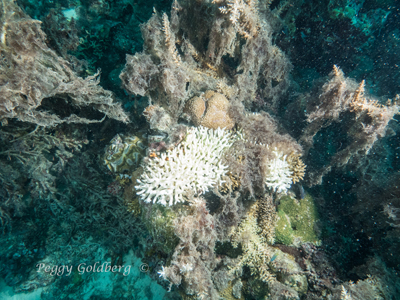 Algae And Bleaching Algae And Bleaching
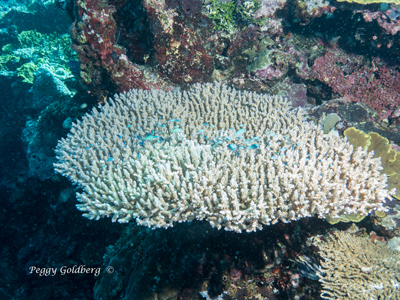 Bleached Coral Bleached Coral
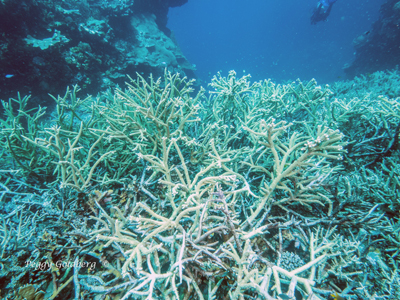 Bleaching Staghorn Bleaching Staghorn
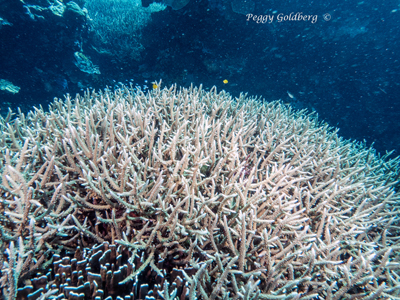 Bleaching Bleaching
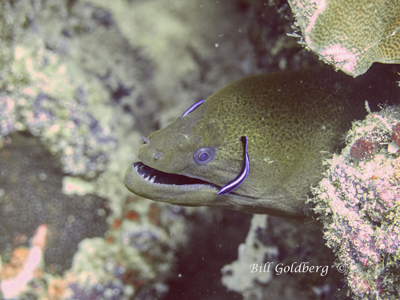 Eel And Cleaner Fish Eel And Cleaner Fish
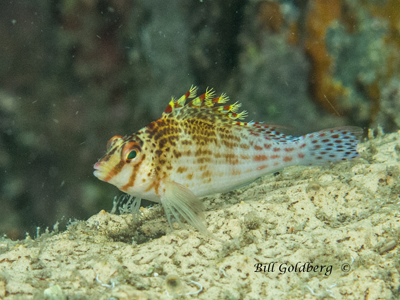 Dwarf Hawkfish Dwarf Hawkfish
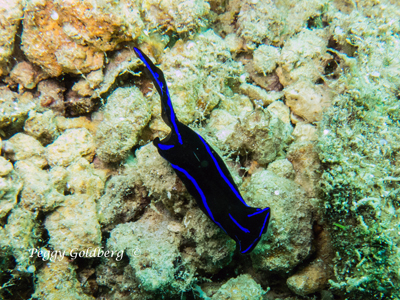 Blue Velvet Headshield Slug Blue Velvet Headshield Slug
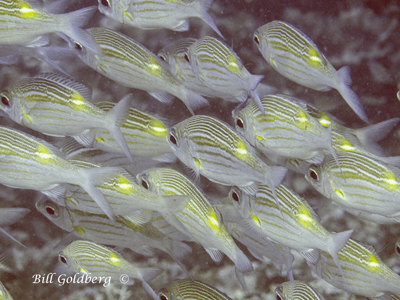 Striped Large Eyed Bream Striped Large Eyed Bream
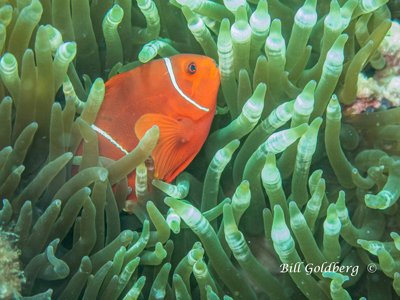 Spinecheek Anemonefish Spinecheek Anemonefish
 Undescribed Flatworm Undescribed Flatworm
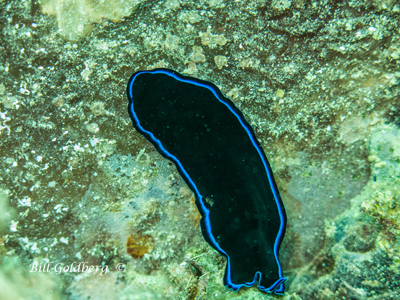 Flatworm Flatworm
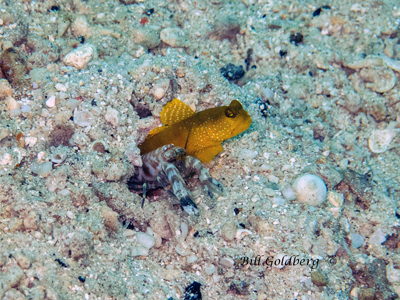 Banded Shrimpgoby Banded Shrimpgoby
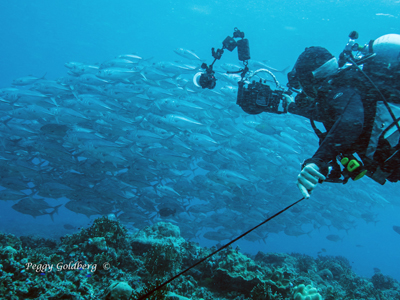 On Reef Hook At Marys Place On Reef Hook At Marys Place
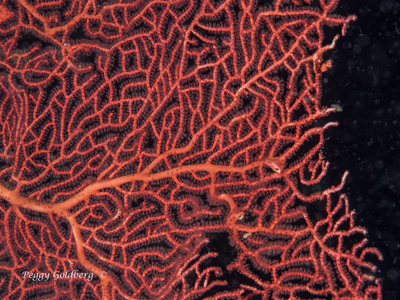 Sea Fan Closeup Sea Fan Closeup
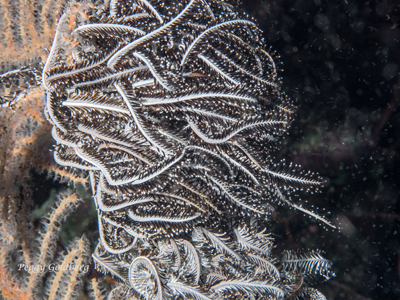 Crinoid Closeup Crinoid Closeup
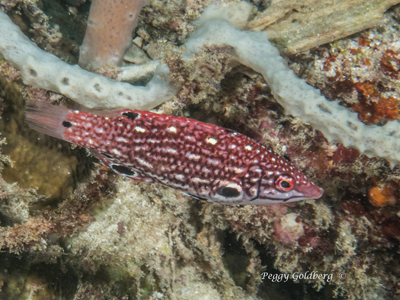 Diana's Hogfish Diana's Hogfish
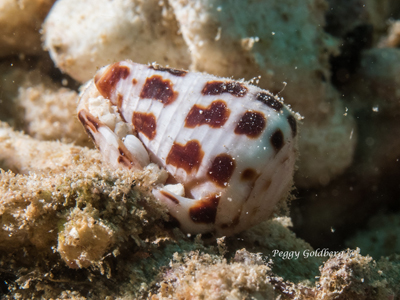 China Moon Snail China Moon Snail
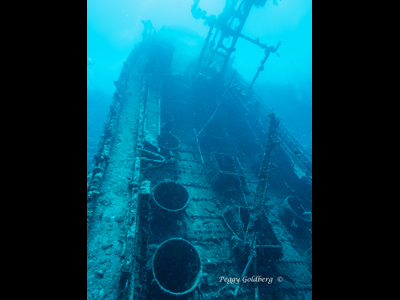 Upright Wreck Upright Wreck
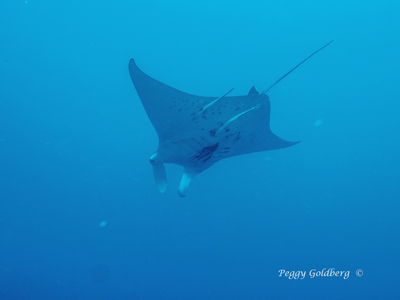 Manta Manta
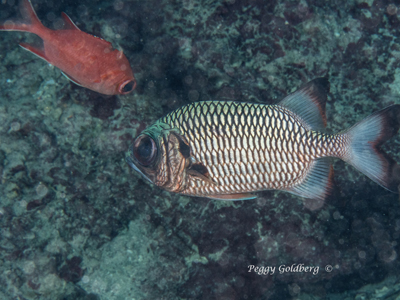 Shadowfin Soldierfish Shadowfin Soldierfish
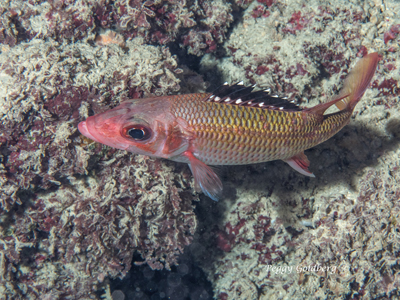 Blackfin Soldierfish Blackfin Soldierfish
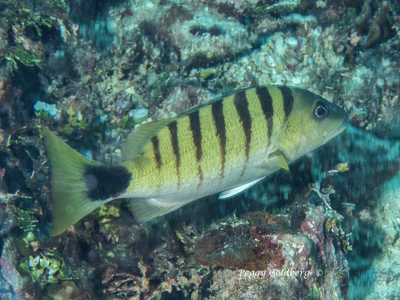 Undescribed Undescribed
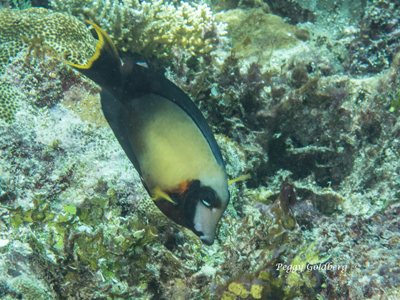 Mimic Surgeonfish Mimic Surgeonfish
 Staghorn Damsel Staghorn Damsel
 Leru Cut w/Diver Leru Cut w/Diver
The Bilikiki is still a excellent boat, with a great crew and wonderful food. The focus, of course, is on the diving. We spent two weeks sailing to the Russell, Florida and Georgia Islands. The diving in most places is still beautiful, with an abundance of soft and hard corals. In some areas we noticed a lot of algae on the reefs, with coral bleaching affecting not only the corals, but even anemones. The water quality at a number of sites was like diving in a snowstorm, with a lot of particulate in the water, making photography a challenge. Part of this was due to coral spawning, Chinese logging in the islands where the denuded hills are causing runoff, and weather. The water temperature was quite warm.
In some areas, we experienced clouds of fish, and in others, the populations were down. We still saw most of the species, and some others that were undescribed. We did see manta rays, sharks, dolphins and pilot whales.
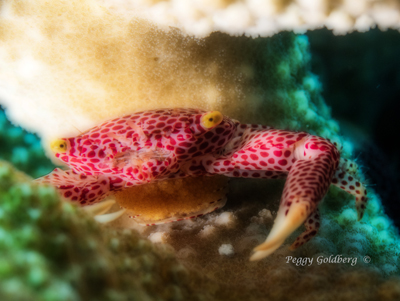 Spotted Porcelain Crab Spotted Porcelain Crab
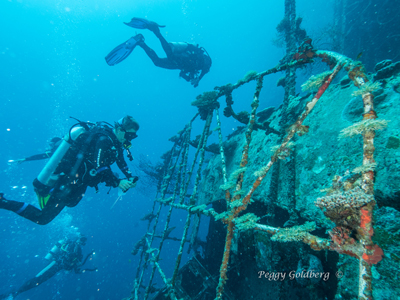 Divers On Wreck Divers On Wreck
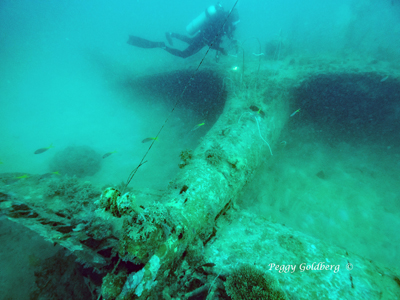 Plane Wreck Plane Wreck
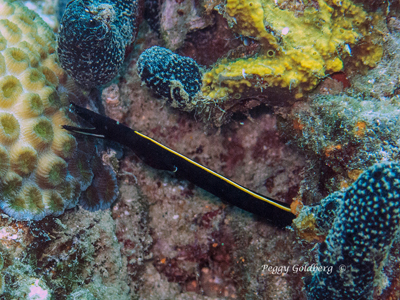 Juvenile Ribbon Eel Juvenile Ribbon Eel
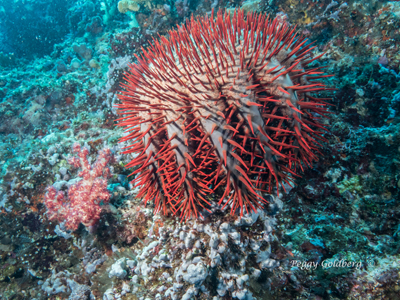 Crown Of Thorns Eating Coral Crown Of Thorns Eating Coral
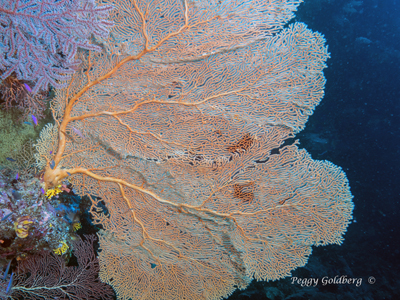 Large Sea Fan Large Sea Fan
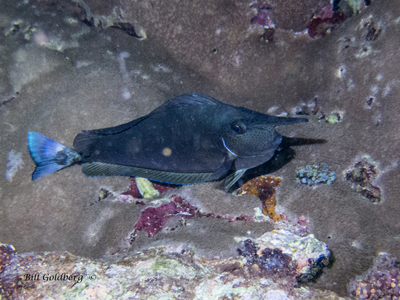 Unicornfish Unicornfish
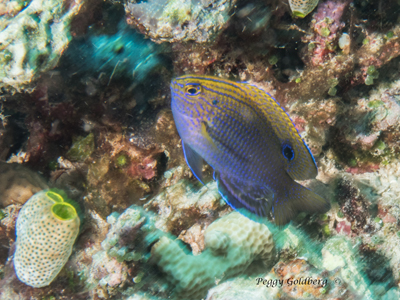 Princess Damsel Princess Damsel
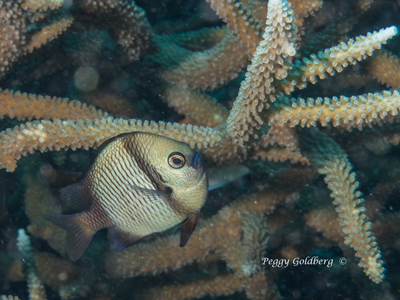 Reticulated Dascyllus Reticulated Dascyllus
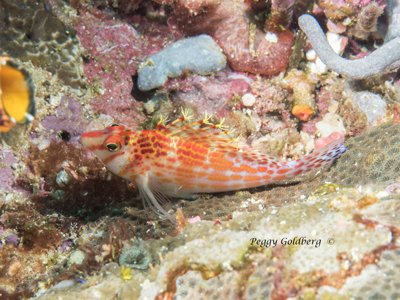 Dwarf Hawkfish Dwarf Hawkfish
 Princess Damsel Princess Damsel
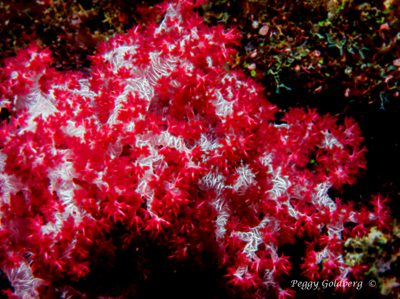 Soft Coral Soft Coral
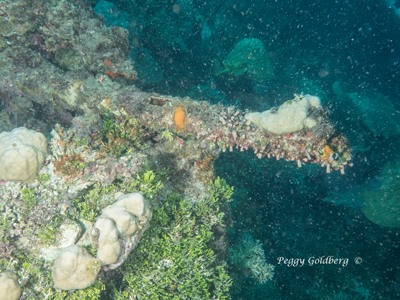 Tank Gun Tank Gun
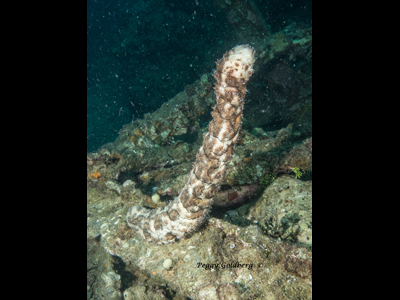 Standing Sea Cucumber Standing Sea Cucumber
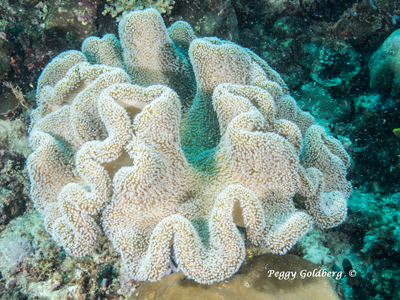 Octocoral Leather Octocoral Leather
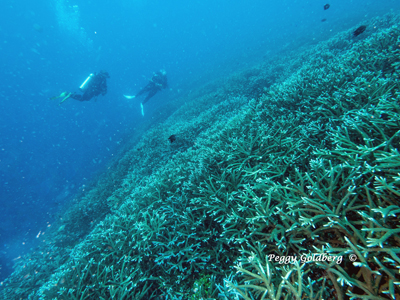 Staghorn Wall Staghorn Wall
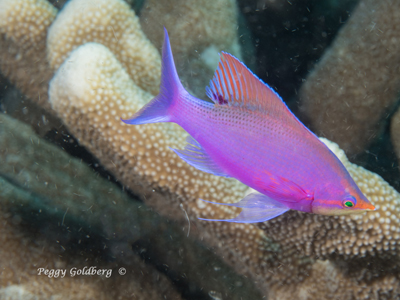 Purple Anthias Purple Anthias
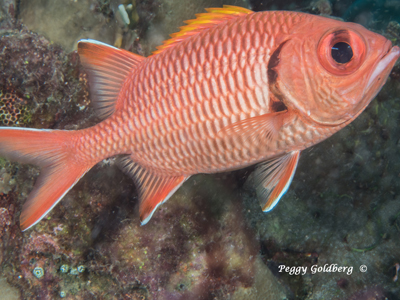 Big Scale Soldierfish Big Scale Soldierfish
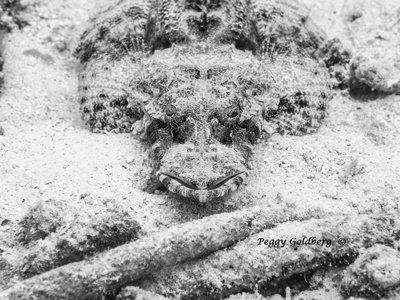 Crocodile Fish Crocodile Fish
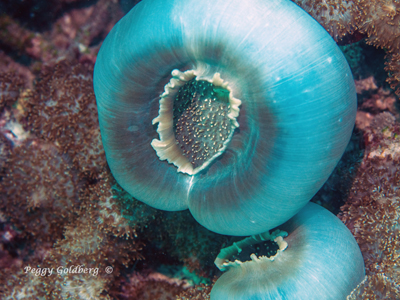 Anemone Balls Anemone Balls
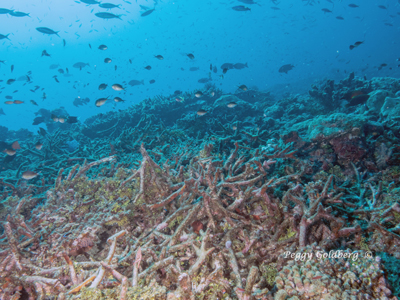 Staghorn Rubble Staghorn Rubble
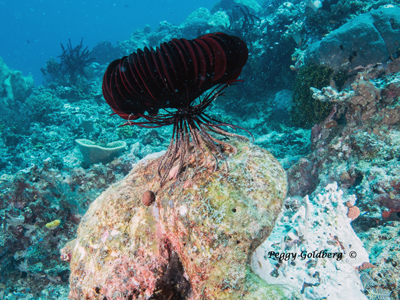 Walking Crinoid Walking Crinoid
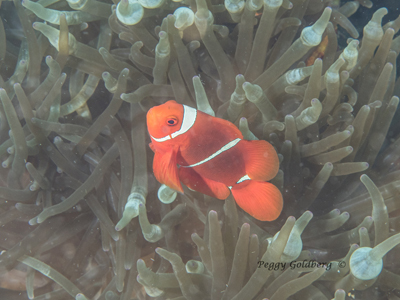 Spinecheek Anemonefish Spinecheek Anemonefish
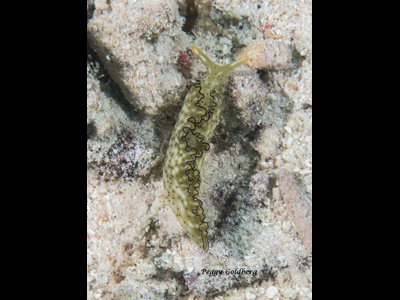 Reticulated Sapsucking Slug Reticulated Sapsucking Slug
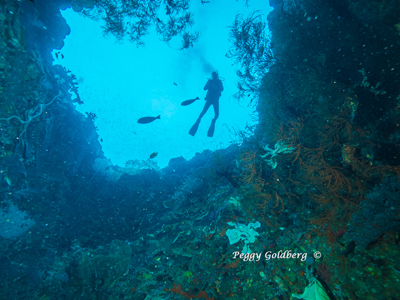 Twin Tunnels Twin Tunnels
 Crocodile Fish Crocodile Fish
But the most exciting prospect for us was an opportunity to encounter a Saltwater Crocodile. We dive our local springs and rivers here in Florida all the time, and encounter alligators regularly. We do know how to dive with them and where to look for these reptiles without putting ourselves at risk. Salties, however, are more unpredictable in their attitude but they still exhibit the same behaviors as their cousins.
Diving through a tunnel into the island, we were the last ones into Mirror Pond. The previous divers had really stirred things up, so we waited for the sediment to settle somewhat. Because the water was so stirred up in the pond, we popped our heads up to scan the banks for the croc. Seeing nothing, we started to head back out the tunnel to the sea, but this time, instead of swimming closer to the bottom, as we did coming in, I had the idea that a croc would perhaps find a ledge or hole closer to the surface. The problem was, up near the surface was a halocline, where fresh and salt water meet, causing an oil and water effect. Everything looked out of focus. As we were swimming out – THERE IT WAS! Wedged in a cave, just laying there! He looked to be about 6’, a small croc. We were careful to allow him to have an escape exit. We took a few photos, but the cameras had trouble focusing, so we did the best we could. But even that was OK - just having the experience of being 4’ from a Saltie was good enough.
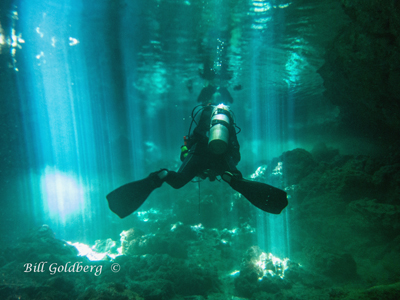 Mirror Pond Mirror Pond
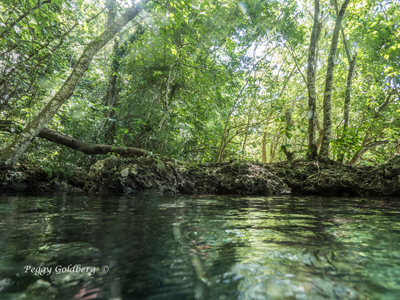 In The Jungle At Mirror Pond In The Jungle At Mirror Pond
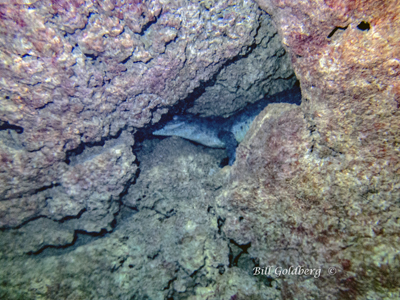 Saltwater Crocodile Saltwater Crocodile
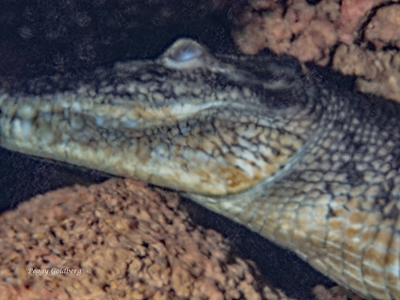 Saltwater Croc Closeup Saltwater Croc Closeup
 Saltwater Croc Closeup Saltwater Croc Closeup
(After we were home, sometime earlier this year, we read that a diver was killed by a saltwater crocodile in the Solomons on the other side of the same island where we had our peaceful encounter.)
Even with all the profound changes we experienced in the islands, this was still a terrific trip, and the diving is still better than most places around the world. I do suggest, though, trying to see it as soon as you can, before it is gone….
Contact the Bilikiki at http://www.bilikiki.com
Please read my article about the culture and the people of the Solomons at http://www.goldenimages-photo-scuba.com/article_Solomons_Land.html
To see what the diving was like almost a decade ago, go to http://www.goldenimages-photo-scuba.com/article_Solomons_UW.html
___________________________________
|
[Home] [ Articles] [Classes] [Commercial] [Photo Tips] [Photo Gallery]
Please contact our Webmaster with questions or comments.
Copyright
2000-2021 Golden Images, Inc. All rights
reserved.
|
